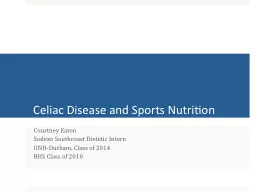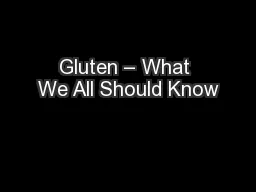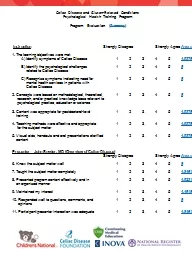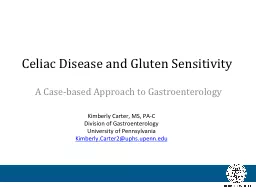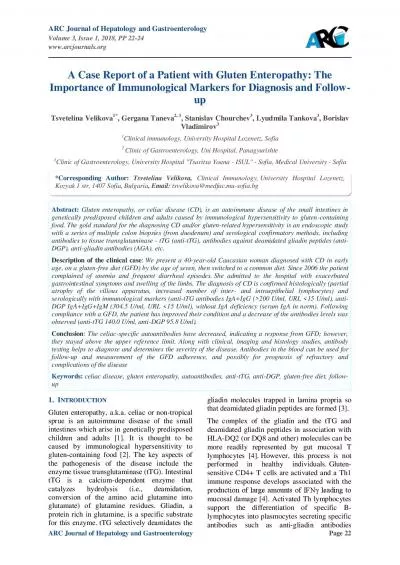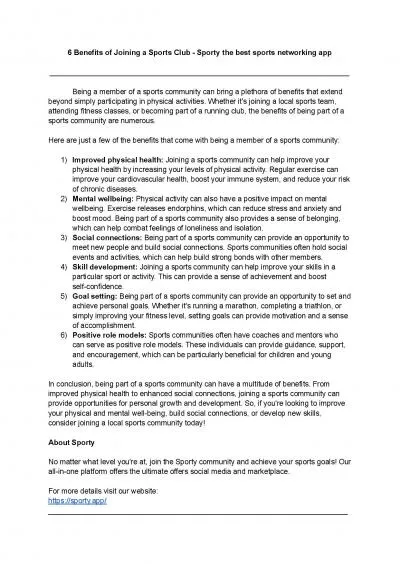PPT-Celiac Disease and Sports Nutrition
Author : pasty-toler | Published Date : 2017-06-19
Courtney Eaton Sodexo Southcoast Dietetic Intern UNHDurham Class of 2014 BHS Class of 2010 Outline Celiac Disease What is all the fuss about What is gluten Sports
Presentation Embed Code
Download Presentation
Download Presentation The PPT/PDF document "Celiac Disease and Sports Nutrition" is the property of its rightful owner. Permission is granted to download and print the materials on this website for personal, non-commercial use only, and to display it on your personal computer provided you do not modify the materials and that you retain all copyright notices contained in the materials. By downloading content from our website, you accept the terms of this agreement.
Celiac Disease and Sports Nutrition: Transcript
Download Rules Of Document
"Celiac Disease and Sports Nutrition"The content belongs to its owner. You may download and print it for personal use, without modification, and keep all copyright notices. By downloading, you agree to these terms.
Related Documents

